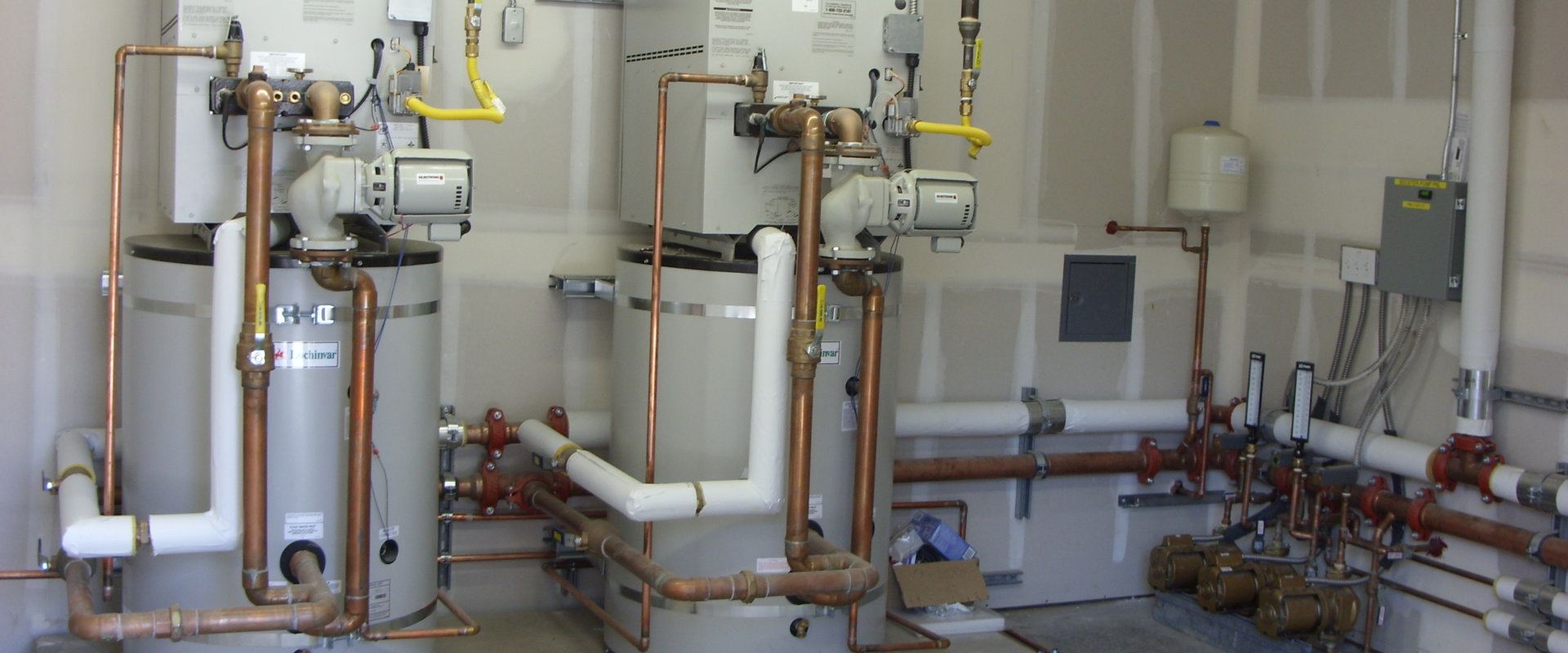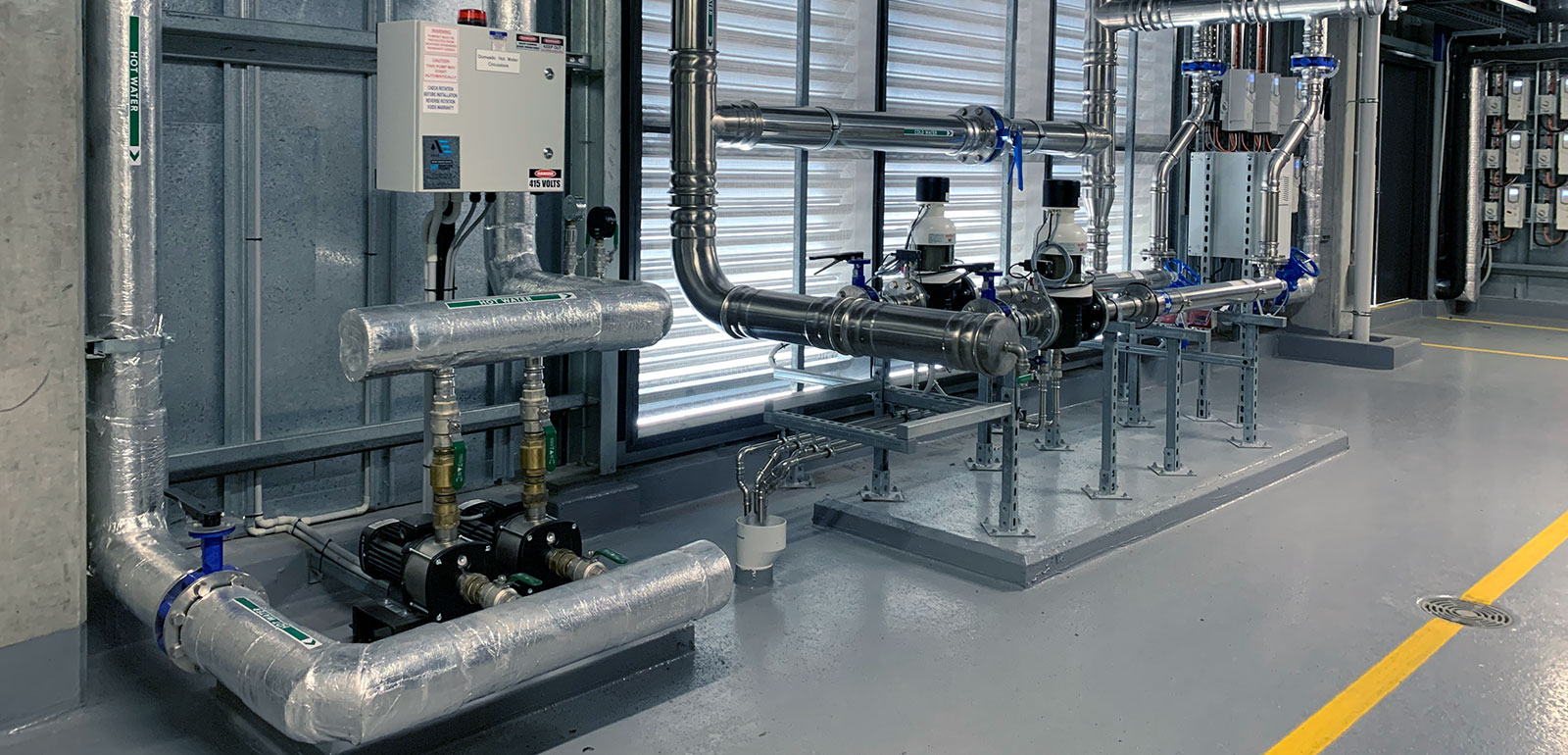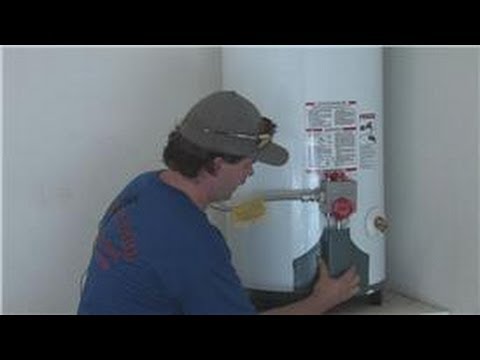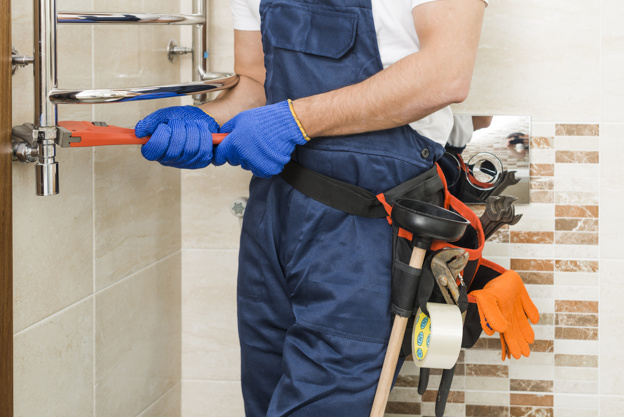If your old hot water heater has a 6 years warranty and it is into service for 10 years, then it is high time you need to think of a new one.
Especially in places with hard water, this may act adversely on water heaters and the machine may not last long after the warranty period.
If you are searching out for a good water heater, there are many models of electric hot water systems available now in the market of different capacity, working mechanisms, makes, and models.
How To Choose The Best Hot Water Heater
Choosing a sufficient water heater model for your home need is so important; however, this is a task demanding a little knowledge and expertise to accomplish.
It is a fact that water heating takes up almost 20 per cent of energy consumption of an average household, and this percentage may go up during the wintertime.
As per the new standards of energy efficiency, a good water heater under 200-litre capacity will have 4 per cent increase in energy efficiency whereas a heater of 200 litres or more capacity can help cut down the utility bills for water heating by 25 to 50 per cent.
There are various technologies used for water heating now, and each of these has significant advantages to offer.
Ask a leading hot water heater plumber
While considering a water heater, it is good to consult a professional to gain a good understanding of the new regulations and enjoy the best energy efficiency advantages.
Looking at the star rating and also having a basic knowledge of the heater properties will help you make a better purchasing decision for long-term benefits.
Evaluating the capacity
The primary parameter, on the basis of which most of the water heater models are sold, is its capacity in terms of how many litres of water each can hold.
As a classic example, a family consists of four members who may take showers, use the dishwasher, and wash a load of laundry may be using about 400 litres a day.
While considering water heater capacity, the basic concepts to understand are; First-hour rating (FHR) for storage-tank water heaters and, Gallons-per-minute rating (GPM) for tankless heaters.
These measures will tell you about the volume of hot water a heater can dispense over a basic amount of time, say in the first one hour.
After consumption of this initial volume, the water may be less hot or fully cooled. It would again take a certain amount of time-based on the model to regain complete FHR.
A professional hot water systems plumber can estimate the capacity of storage needed based on your daily hot water consumption and suggest a perfect sized model.
Hot water heater types
Based on the volume of water you use, there are various choices to make. Some new-age models even cut the cost up to half of the regular models.
Some generic choices to make are;
Storage tank heater — This the most basic model of electric water heaters. As the name implies, these consist of insulated storage in which water gets heated and stored and emerges through a pipe. A useful source for more details.
On-demand tank-less water heater — Tank-less heaters use heating coils which are immersed in water and water gets quickly heated as and when needed. These models are bit more energy-efficient than storage tank models, but only offers a limited volume of hot water at a time, say 10 litres per minute.
Heat pump water heaters — These heaters capture the heat from the air and transfers it to water for quick heating. These hybrid models are found to use 60 per cent lesser energy than full electric heaters. Apart from electric, there are solar water heaters also popular now, but when it comes to simplicity and high efficiency at all seasons, many people still prefer to use good model electric water heaters.






